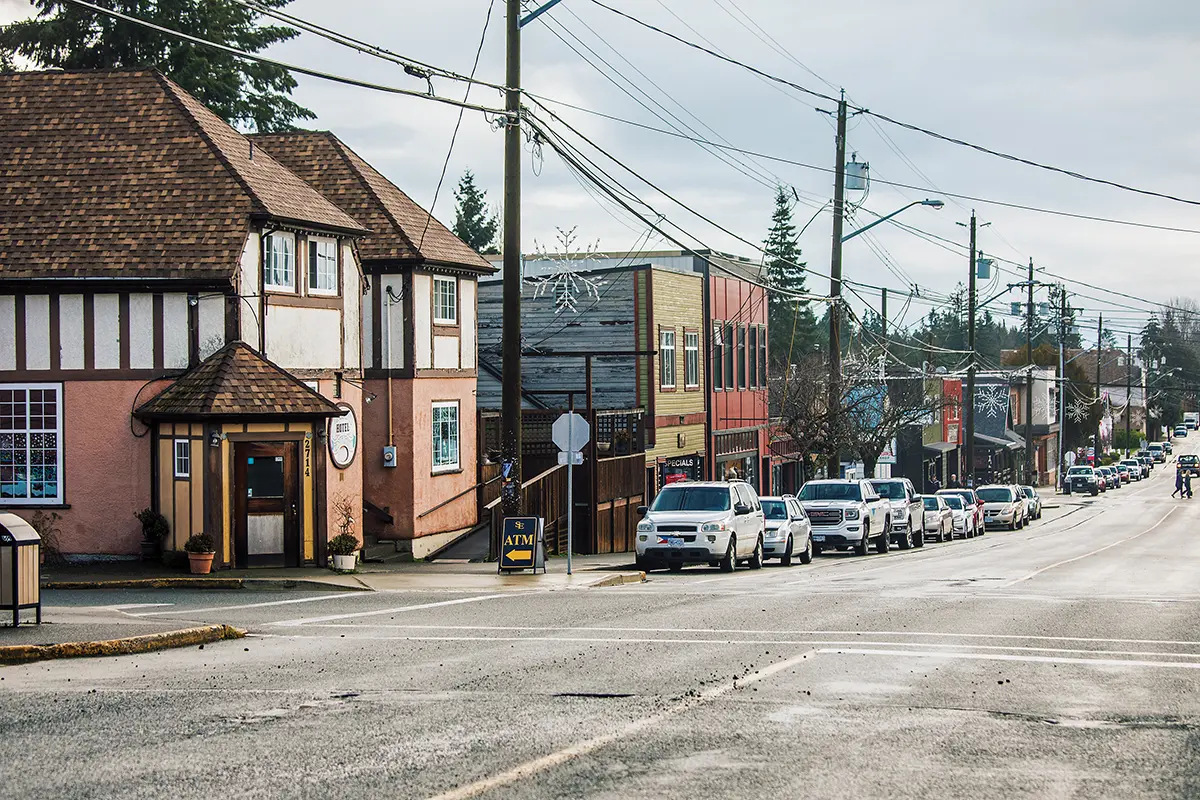It’s hard to imagine anyone feeling a sense of pride as they walk away from a skinned grizzly bear: missing its noble head and all four of its powerful paws, lifeless, rotting in the middle of one of B.C.’s pristine protected areas. Yet the grizzly bear hunt is still permitted in B.C., including many of its parks and protected areas. According to a study by the David Suzuki Foundation, as a result of current and future anthropogenic stressors, it is likely that within the next 50 years B.C.’s grizzly bear populations will become critically endangered with very little hope of recovery. Trophy hunting is a brutal, immoral act that contributes directly to their disappearance. There is no reason, economic or otherwise, that could possibly favour the continuance of this activity in B.C.
Prior to European contact, it is estimated that approximately 35 000 grizzly bears roamed our province. By 2008, however, their population was estimated at less than half of this figure, or just over 16 000. Between 1977 and 2009, approximately 11 000 grizzly bears were killed by humans, despite being classified as a “species of special concern” by both the Committee on the Status of Endangered Wildlife and the Conservation Data Centre. Eighty-seven per cent of these mortalities were trophy killings.
To begin with, the legal foundation of trophy hunting in B.C. fails to ensure the viability of future grizzly bear populations. Trophy hunting is “regulated” in B.C. by the Ministry of Forests, Lands and Natural Resource Operations, which draws over 3 500 Limited Entry Hunting licences per year for hunters via a lottery system. The government justifies this method of hunting control by stating that it is able to manage wildlife populations, keeping them at a sustainable level, if it can control how many people hunt in a given year.
B.C. is divided into 57 different population units of grizzly bears. Hunting is permitted in 48 of these. The remaining 9 are threatened by extinction, which is likely to soon be the fate of many others should no action be taken on this issue. The Ministry’s management plan is grounded on the estimated population of these different grizzly bear units. Given the mobility, the slow reproductive rate and the vulnerability of the species to human-induced stressors, it is virtually impossible to ensure that grizzly bear population estimates are in any way accurate. According to the David Suzuki Foundation, some biologists have found that the number of grizzly bears in an area is up to 100 per cent fewer than government estimates. Should hunting licences be granted in areas where populations of grizzly bears are significantly lower than estimates suggest? After all, the provincial government cannot demonstrate that the number hunted is in any way sustainable if its estimates display this level of inaccuracy. Nonetheless, every year hunters with powerful long-range rifles enter B.C.’s forests and shoot 300–400 bears in their natural habitats. This contributes significantly to the decline of this species, and with it an associated decline of the ecosystem in which grizzly bears live.
Grizzly bears play an extremely important ecological role, and their removal is detrimental to the environment. One example would be their dispersal of dead spawned salmon from rivers and streams to the surrounding terrestrial ecosystem. Leftover salmon carcasses feed scavenging birds and insects, amongst other species, and fertilize the soil beneath trees. Additionally, grizzly bears disperse seeds in their fur and excrement. Thus, as grizzly bears are eliminated from their habitats as a result of trophy hunting, the ecosystem slowly declines with them.
Some may argue that this risk could be offset by the huge revenue that hunting outfitters bring into the province every year; however, this is misleading given that more sustainable options of grizzly bear tourism generate almost twice as much. The grizzly hunt is becoming a growing source of anger for ecotourism businesses as it threatens the long-term sustainability of their sector. Watching these humble giants wander across pebbly beaches as they stop to feed here and there is awe-inspiring. Furthermore, it is a considerably more sustainable option for revenue than the grizzly hunt.
While ecotourism educates the public about grizzly bears and the importance of their protection, guide outfitters take wealthy tourists armed with long-range rifles out to kill the best grizzly they can find. When grizzly hunts are combined with other anthropogenic stressors such as habitat degradation and overfishing, it is entirely likely that populations of the species will hit a precipitous decline. This is bad news for the ecotourism and guide outfitting sectors alike. What is more, it would mean a huge loss in revenue for the province as a whole. Conversely, if grizzly bear hunting is banned, it gives room for the growth of the sustainable ecotourism sector in the future while simultaneously eliminating one of the many factors that negatively affect grizzly bear populations today.
This argument should not be grounded only in statistics and figures. however. Ethics arguably plays the more important role in deciding to criminalize trophy hunting. Unlike those who hunt game for food, trophy hunters often waste every part of the animal, except for what they deem “valuable.” This careless, immoral act takes away the life of a creature important both to the ecosystem and to the culture of people who reside in this province. Utilitarianism is an appropriate ethical theory that encompasses the idea of aiming to maximize overall good or utility. Given that the body of a grizzly bear is left behind without any trace of fur, head, or paws after trophies are collected, utility is not maximized. In theory, the act is proven to be unethical.
In July of this year, a poll by the B.C. government found that 87 per cent of residents support a full ban on trophy hunting of grizzly bears in this province. This is a significant step forward as it shows the provincial government how overwhelmingly important this species is to the people of this province. Current management strategies are not doing enough to ensure a safe future for grizzly bears. Failure to manage them properly affects not only their populations but also the entire ecosystem in which they live. By removing one anthropogenic stressor of grizzly bear populations, the government would take a step forward in protecting one of the province’s most iconic species. In any case, most people who come here to see them do so because this is one of the last safe havens left for grizzly bears in the world.
Nonetheless, the main reason why people voted in favour of the ban is likely because they feel it is immoral to remove such a great animal from our remaining wild areas. Surely this indicates that most people have an intrinsic connection with nature and with certain keystone species in particular. It is hard and emotionally affecting to picture what would remain of a slain bear, whose life was given to a wealthy hunter for only its most prized assets. Hopefully soon this will just become an image of the distant past.








